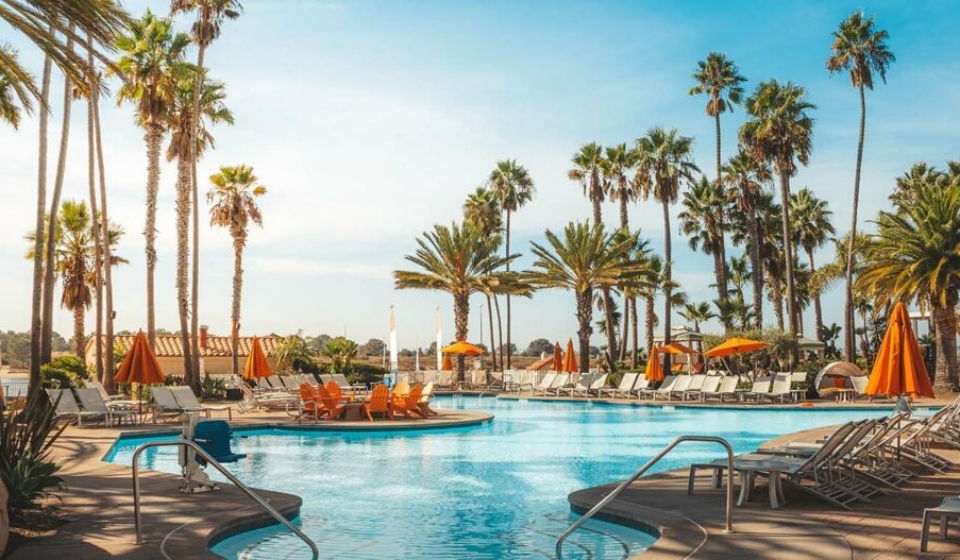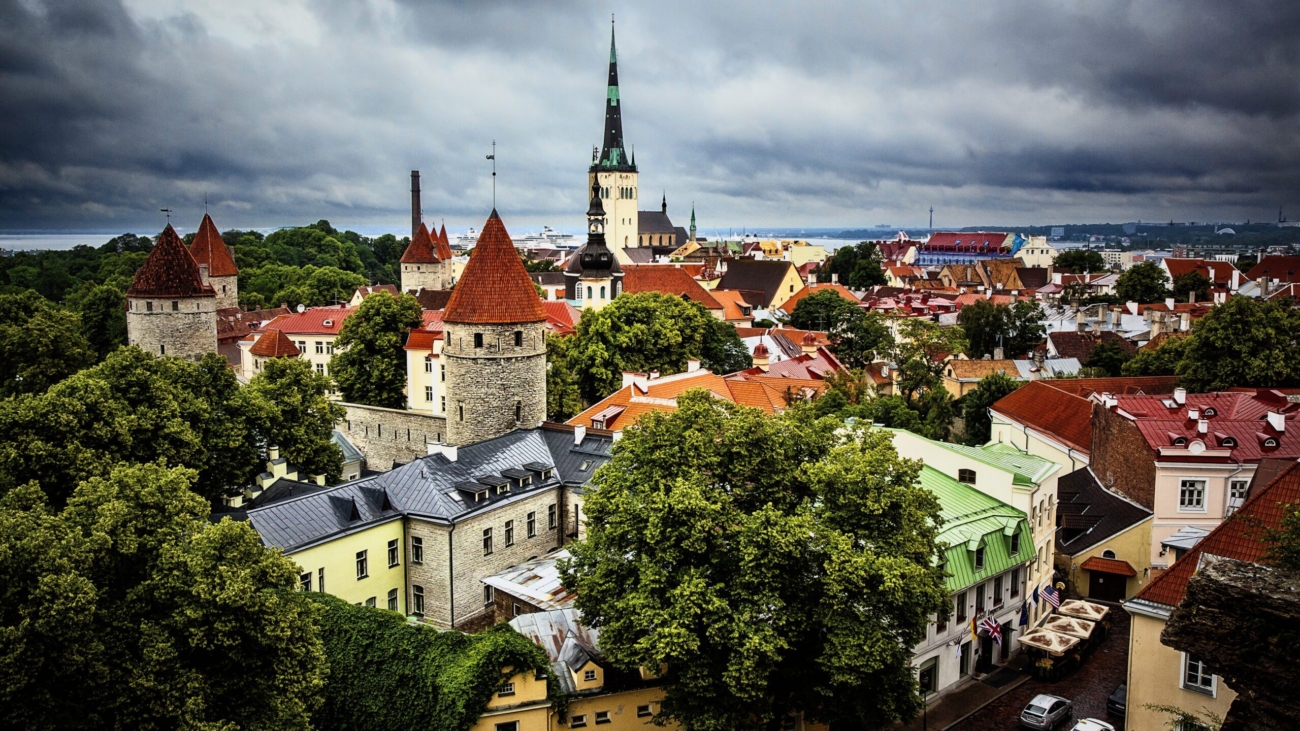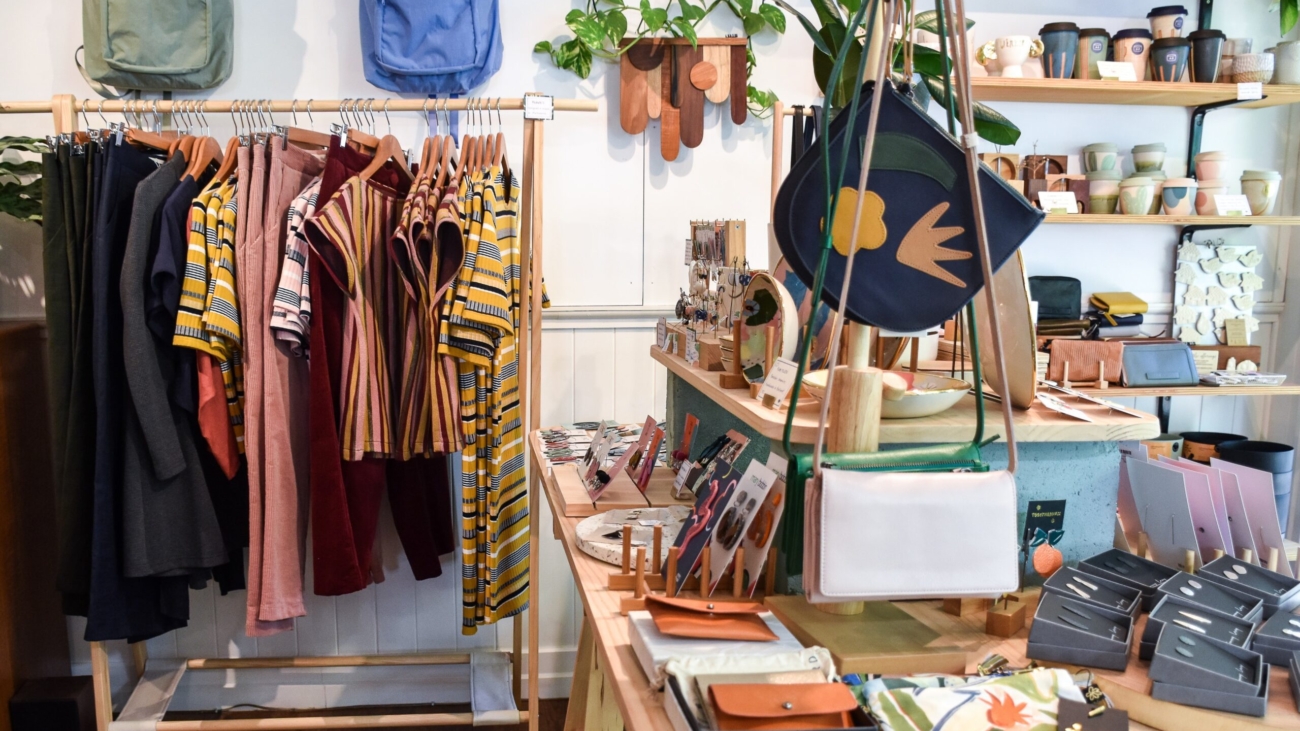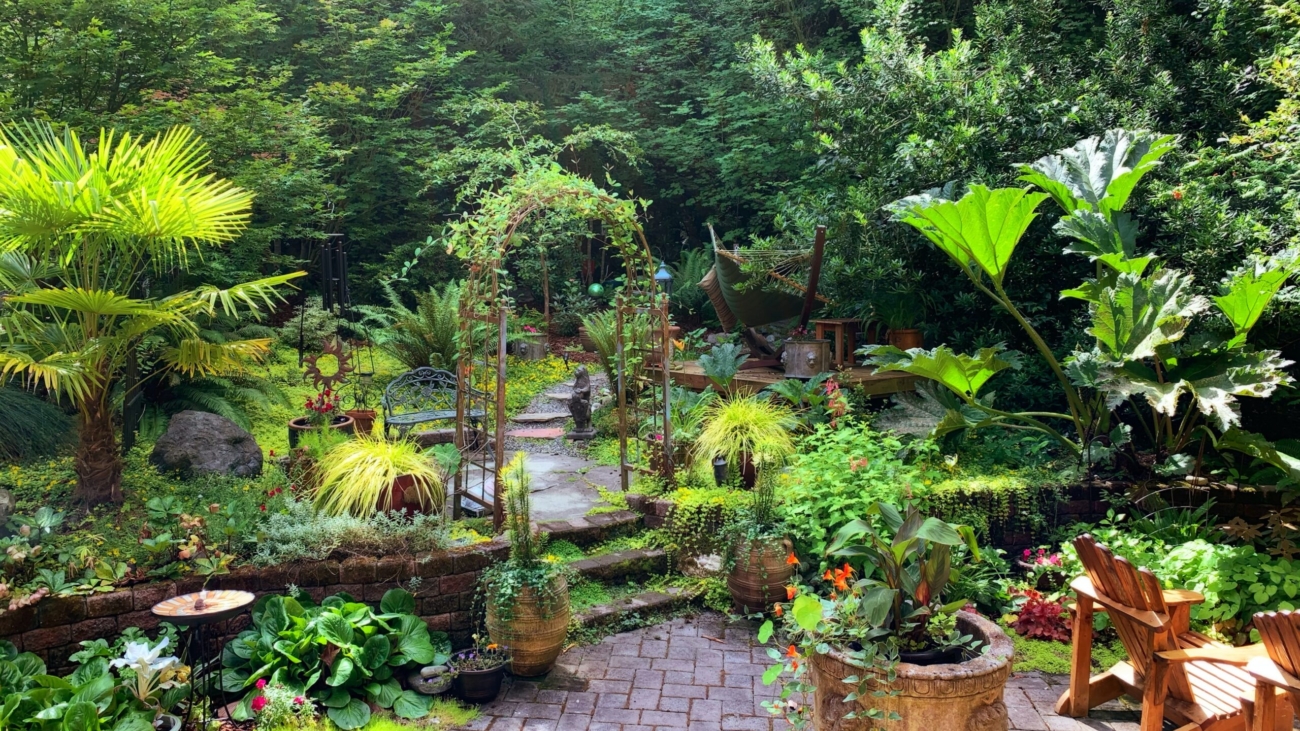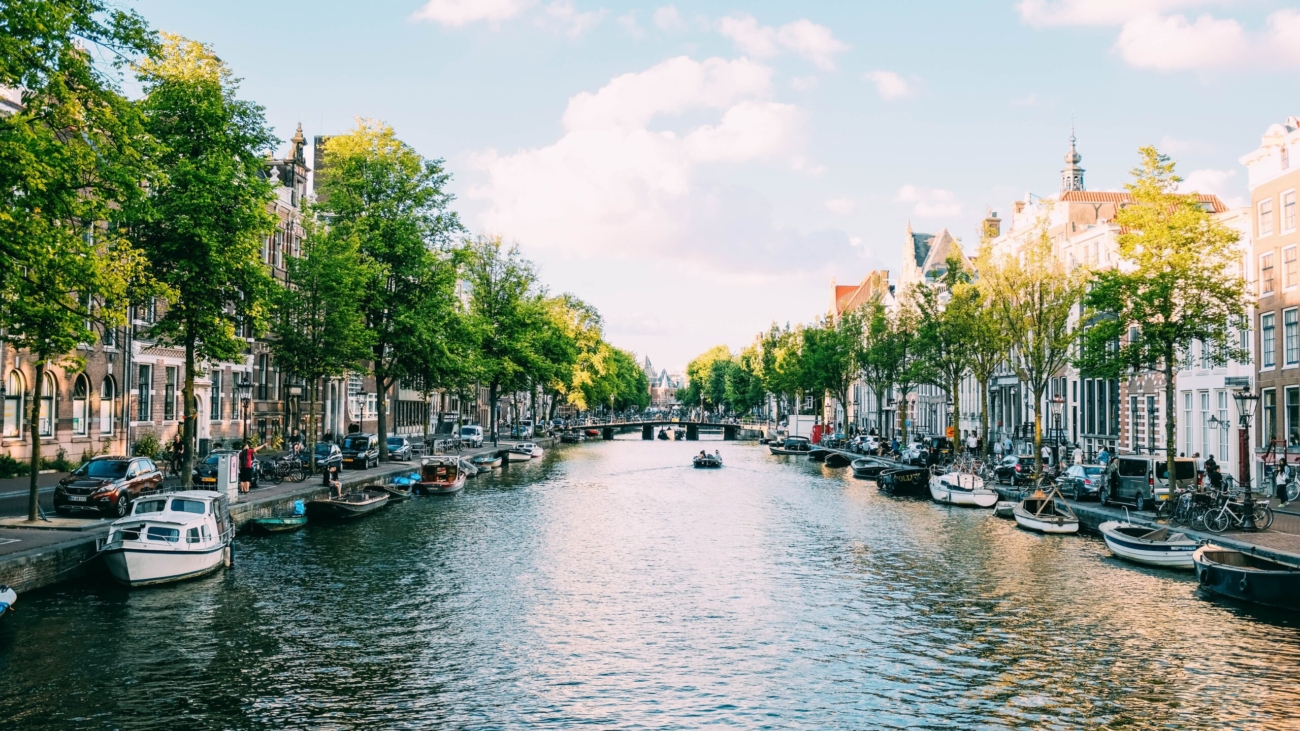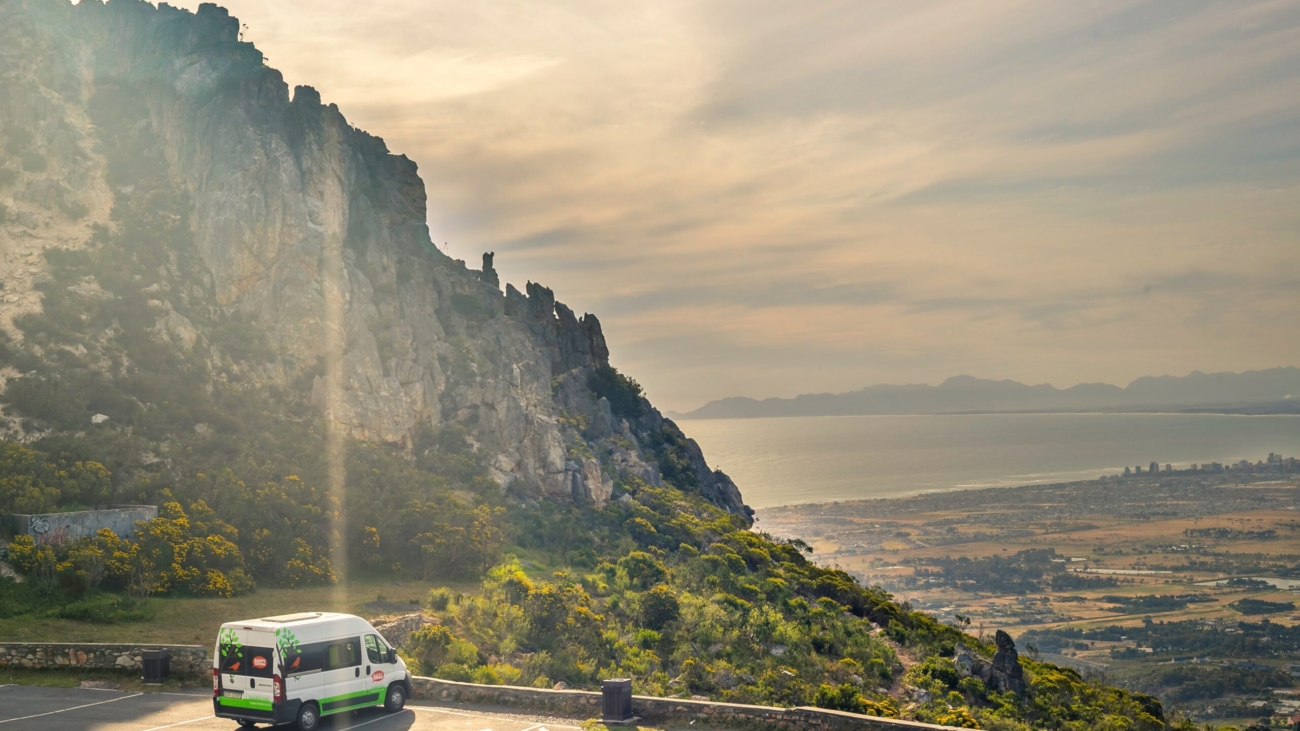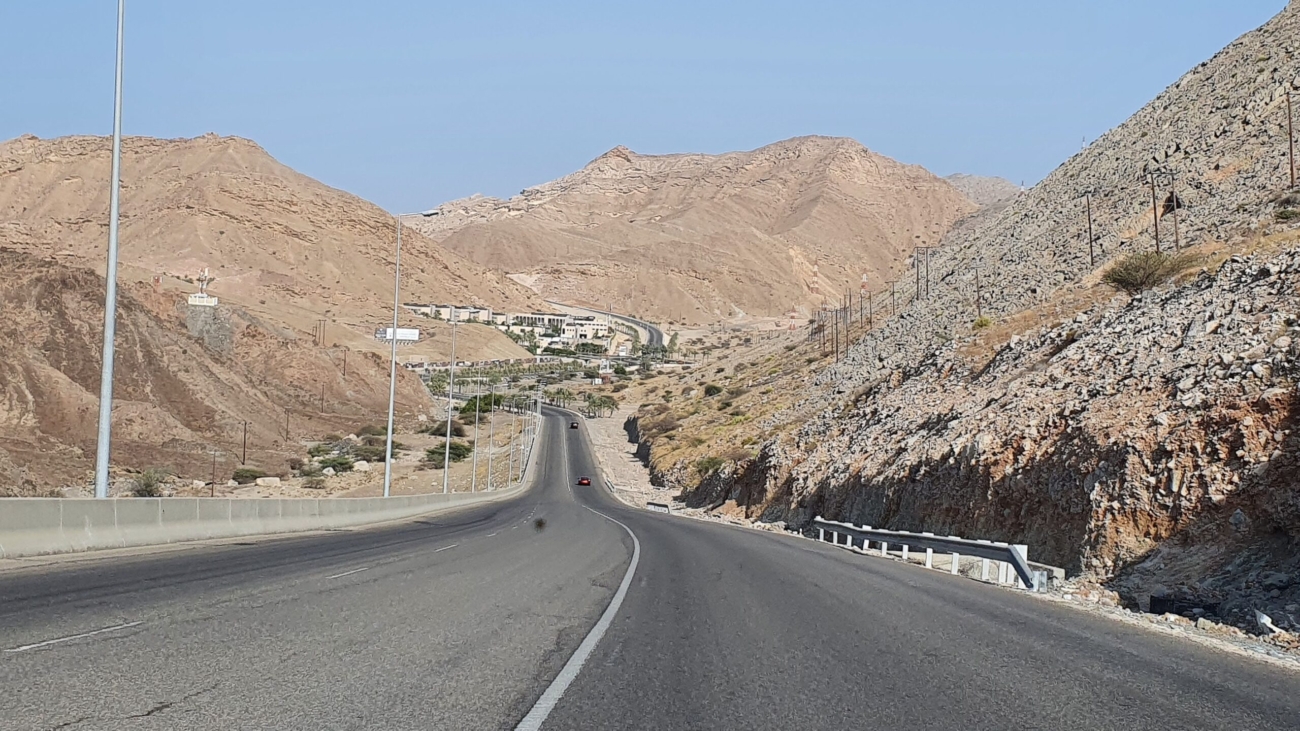Are you looking for a unique and exciting travel destination? Look no further than Estonia! This small but vibrant country located in the Baltic region of Europe offers something for everyone, from picturesque medieval towns to stunning coastline and natural beauty. But with so many things to see and do, planning your trip can be overwhelming. That’s why we’ve put together this guide of tips and tricks to make Estonia travel planning easy and enjoyable. Get ready for an unforgettable holiday filled with culture, adventure, and relaxation!
Planning a Trip to Estonia
If you’re dreaming of a trip to the picturesque Baltic nation of Estonia, don’t wait any longer! Here are some tips and tricks for making your trip unforgettable.
1. Check the Weather Forecast: Although Estonia is often called “The Land of A Thousand Lakes,” please be aware that temperatures can vary a lot from one day to another, so it’s always important to check the weather forecast. If you’re looking for a relaxing getaway, expect temperatures in the mid-20s Celsius during the day and around freezing at night. If adventure is your cup of tea, consider visiting Estonia during winter when temperatures reach below 0 degrees Celsius.
2. Book Your Hotel Ahead of Time: Because Estonia’s popularity is on the rise, booking your hotel ahead of time can save you a lot of money. Make sure to compare prices between different hotels to find the best deal for you. You can also search online for Estonian hotel deals and discounts.
3. Consider Visiting Otherworldly Places Like Saaremaa or Hiiumaa: Located off the Estonian coastline are Saaremaa and Hiiumaa islands – both considered off-the-beaten-path destinations perfect for nature buffs looking to explore unique landscapes and unspoiled villages untouched by tourism.
Tips for Visiting Tallinn and Tartu
Things to know before your trip:
1. Estonia is a small country, so you can easily get around without renting a car.
2. The weather in Estonia can be changeable, so pack appropriate clothing and bring your raincoat!
3. Estonians are very friendly and welcoming, so don’t be surprised if people stop you on the street to say hello and ask where you’re from.
4. Majapahto Square in Tallinn is a great starting point for exploring the city – there’s lots of shops and restaurants to browse through and some great sights to see in the vicinity, such as the University of Tartu or the nearby Dom Museum.
Getting Around Estonia
If you’re planning a trip to Estonia, don’t forget about the transportation options available to you. You can explore the country by car, train, bicycle, or boat. Here are some tips to help make your travel experience in Estonia as easy and enjoyable as possible:
1. Know the ins and outs of transportation in Estonia before you go. Make sure you understand how each type of transportation works and which routes are best suited for getting around. This knowledge will save you time and hassle during your trip.
2. Use public transportation whenever possible. The Estonian railway system is extensive and well-maintained, making it a great option for travelers who want to see the whole country without having to spend too much money on expenses like gas or parking fees; however, sometimes tickets can be quite expensive. Pay attention to Helsinki Time when travelling between cities so that you don’t end up paying twice the price for an equivalent journey on different dates!
3. Consider renting a car in Estonia if you have enough time at your disposal or if you simply prefer doing things your own way; renting a car allows you to roam freely throughout the country while also saving on travel costs associated with using public transportation or traveling by bike or boat (as long as those modes of transportation are accessible within your rental period).
When to Visit Estonia
The answer to this question is basically contingent on what you are looking for when traveling to Estonia. If you are primarily interested in the natural beauty of the country, then visiting during midsummer and early fall would be ideal. However, if you are interested in the lively culture and vibrant city life of Tallinn, then visits should be made in late spring and early summer.
One other factor to consider before making your trip is the weather. Estonia has a temperate climate, which means that there is plenty of daylight hours both during the summer and winter. However, because of its location on the Baltic Sea, Estonian summers can be quite humid and cold at night, so be prepared for either type of weather!
Finally, remember that public holidays in Estonia coincide with federal holidays in the United States (e.g., Memorial Day), so always check the date before planning your trip!
Accommodation in Estonia
Finding accommodation in Estonia is relatively easy, and depending on your budget there are a number of options available. The cheapest option would be to stay in an AirBnb apartment or house, though this may not be the most comfortable experience.
Alternatively, there are a number of hostels and guesthouses located throughout the country that offer reasonably priced accommodation. If money is not a problem, then the best option would be to stay in a traditional Estonian farmhouse or cottage. These can be expensive to hire (usually around €60 per night), but they offer plenty of space and independence, and many boast lovely scenery and surroundings.
Estonian Foodie Adventures
Looking for a unique and flavorful diet while on vacation in Estonia? Here are some Estonian foodie adventures that can satisfy all tastes! Estonia has an extensive variety of natural and processed foods. From cheese to carrot cake, the options are nearly limitless.
If you’re looking for something classic, try Estonia’s pledge cookies – sometimes called “Luther’s Cookies” because they were created by Luther himself. These sugar-drenched gems are made from flour, salt, butter, yeast, and milk. If hearty burgers aren’t your thing, Estonia is also home to pumpkin soup (pictured), which is savory and sweet at the same time. This traditional soup is served cold with thick slices of country-style bread on the side.
Other savory dishes include Baltic herring seasoned with juniper berries and black pepper, as well as pickled cucumbers (pictured). For sweets, try sour licorice or sauerkraut dumplings – a filling snack that will leave you pleasantly surprised.
Final Thoughts on Planning a trip to Estonia
There is no doubt that Estonia is one of the most beautiful and idyllic countries in Central Europe. With its rolling, forested hills and placid Baltic Sea coastline, Estonia is perfect for a relaxing holiday. However, with all the planning that goes into planning a trip to any destination, it can be difficult to know where to start.
Another important factor to consider when planning your trip is accommodation. You don’t have to stay in an expensive hotel if that’s not your cup of tea; there are plenty of options in Estonia ranging from hostels and guesthouses to beachside villas and charming B&Bs.
Once you have all the details sorted out, it’s time to plan your itinerary. This can be tricky as each town or city in Estonia has its own attractions and hidden secrets. The best way to discover them is by taking guided tours or reading up on what else is worth checking out while visiting Estonia.







